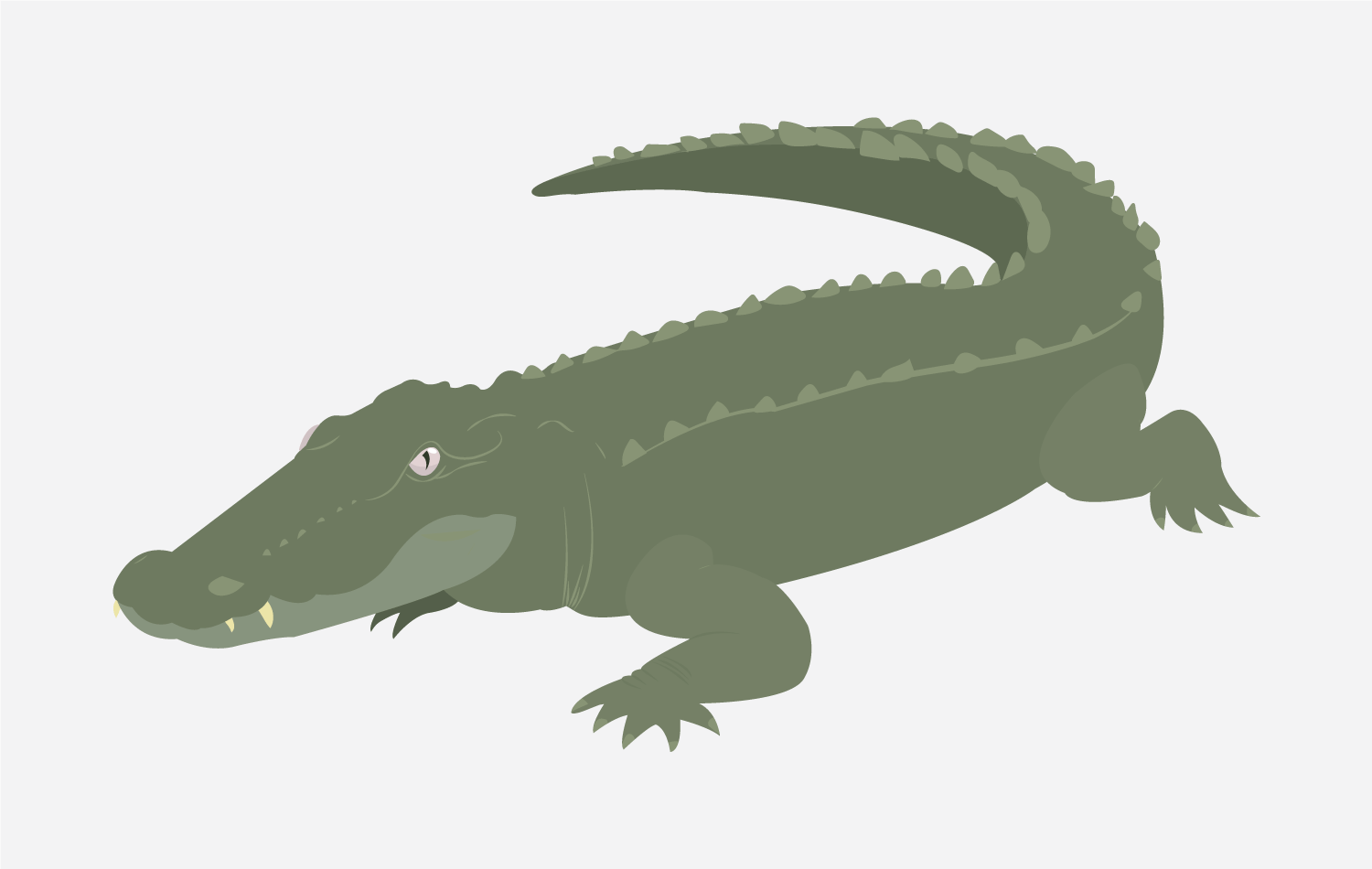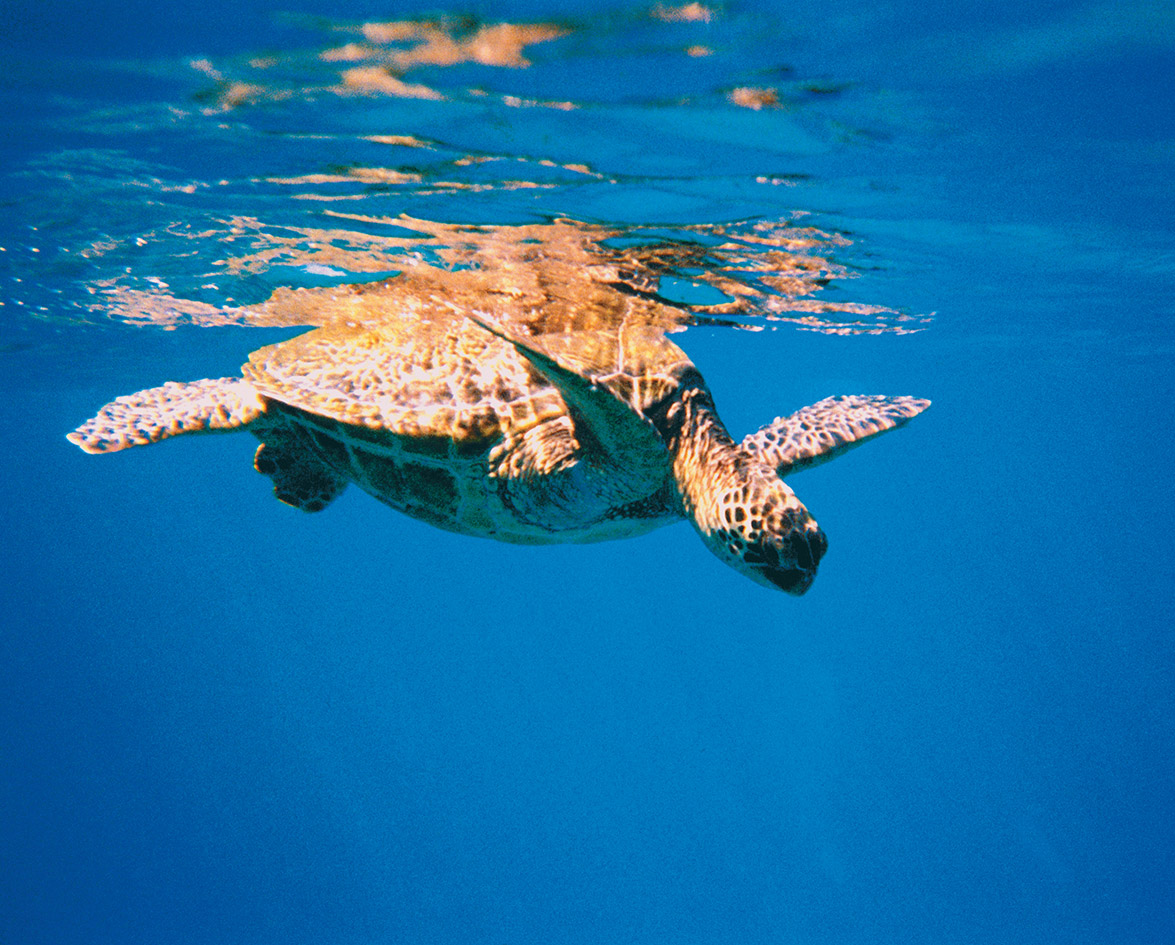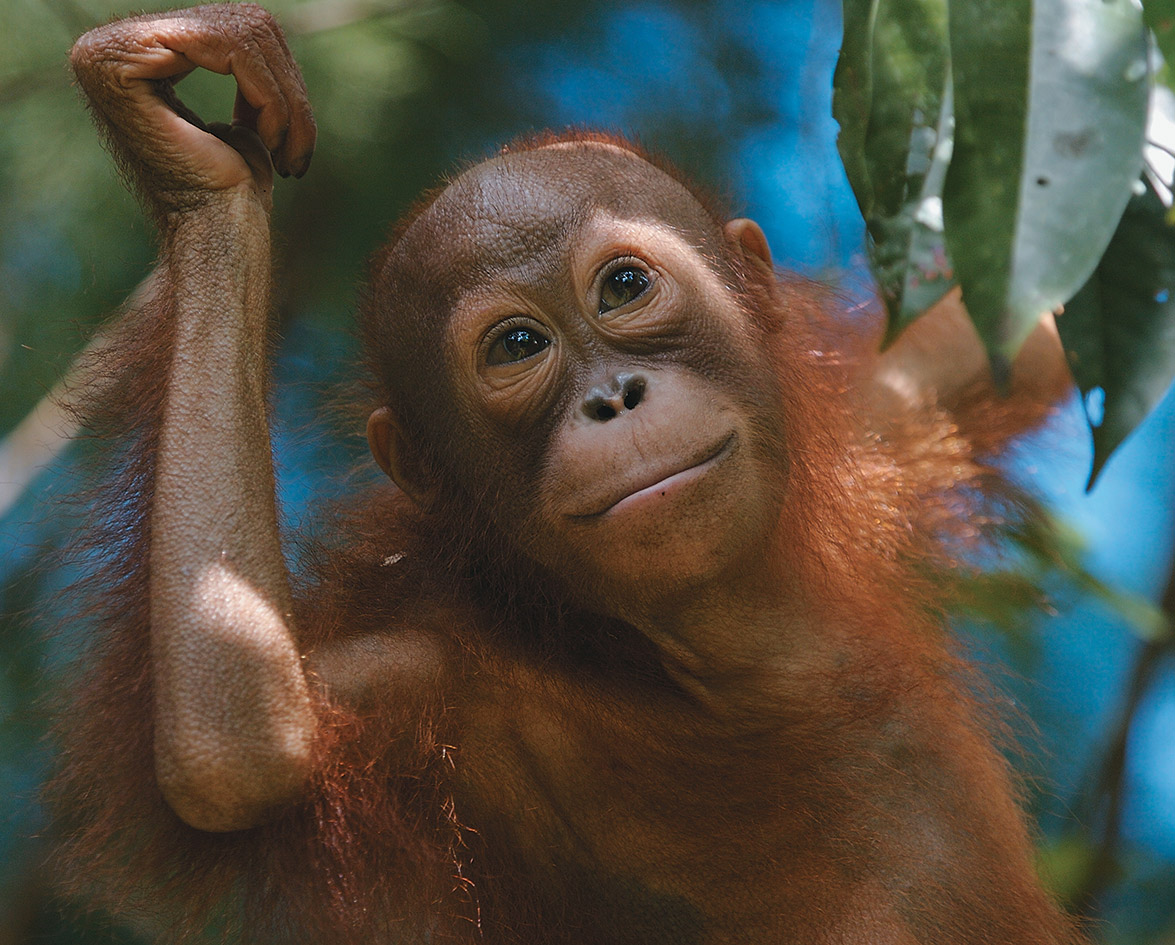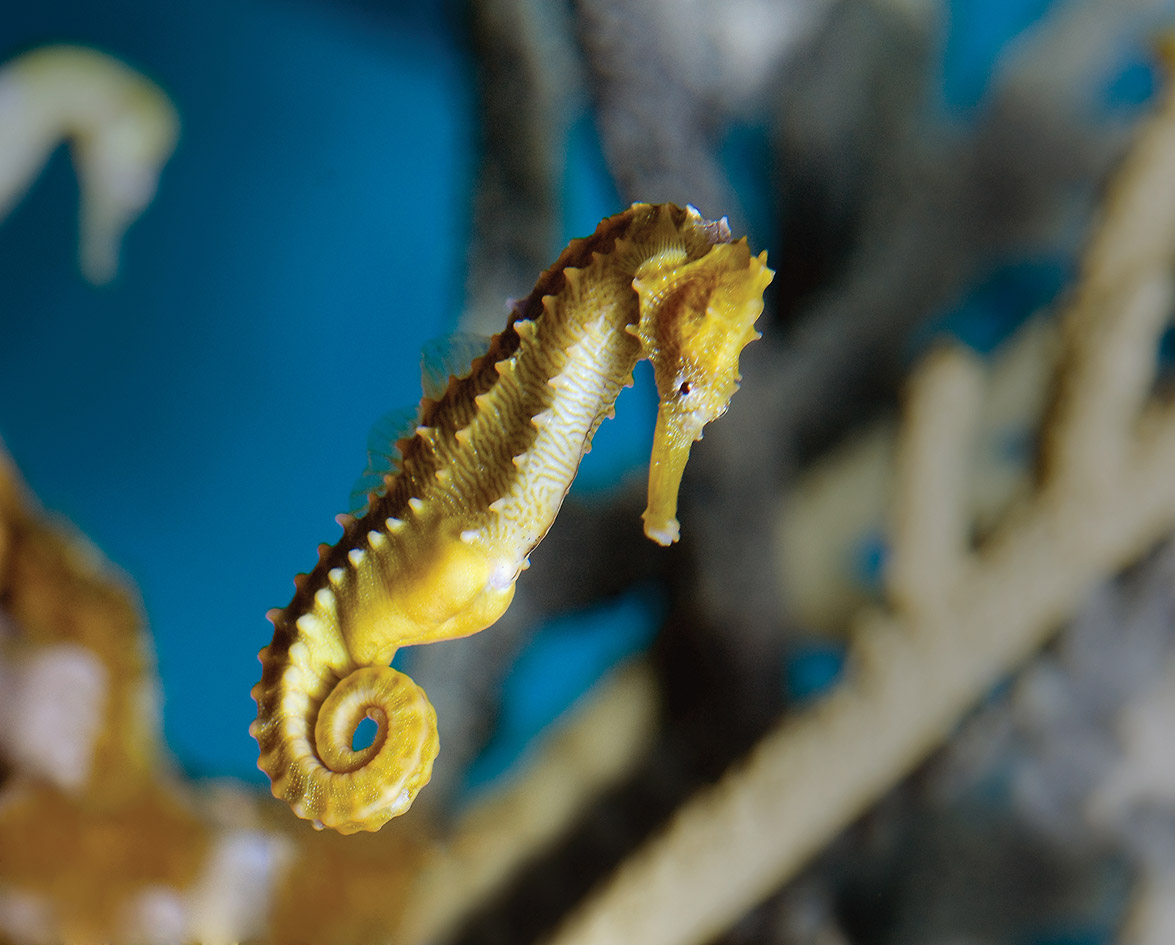The International Union for Conservation of Nature (IUCN), the world’s oldest and largest environmental organization, has spent the last 50 years developing a “Red List” of threatened species that evaluates the Endangerment Level of animals around the globe. Risks posed to popular animals such as the Javan rhinoceros, giant panda, and Asian elephant are well known, but there are many lesser-known species in the Pacific Rim that are currently threatened.
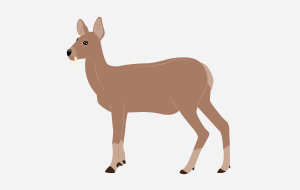
WATER DEER
Country South Korea
Scientific Name Hydropotes inermis
Endangerment Level Vulnerable
Threats Poaching and Habitat Loss
Country South Korea
Scientific Name Hydropotes inermis
Endangerment Level Vulnerable
Threats Poaching and Habitat Loss
Water deer are colloquially referred to as “vampire deer” due to the long canines that protrude from their mouths. These tusks are used for territorial fights, since water deer lack antlers.
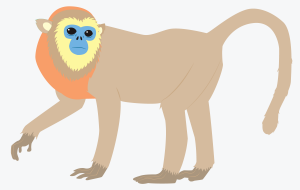
GOLDEN SNUB-NOSED MONKEY
Country China
Scientific Name Rhinopithecus roxellana
Endangerment Level Endangered
Threats Hunting and Habitat Loss
Country China
Scientific Name Rhinopithecus roxellana
Endangerment Level Endangered
Threats Hunting and Habitat Loss
Golden snub-nosed monkeys are folivores (herbivores that primarily feed on leaves), but because of the degradation of their habitat, they have adapted to eat a wide variety of food, including tree bark, fir needles, bamboo, insects, and small birds.
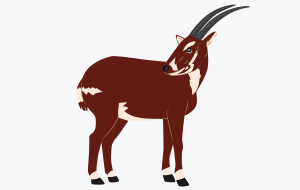
SAOLA
Country Vietnam
Scientific Name Pseudoryx nghetinhensis
Endangerment Level Critically Endangered
Threats Hunting
Country Vietnam
Scientific Name Pseudoryx nghetinhensis
Endangerment Level Critically Endangered
Threats Hunting
Although native Vietnamese hunters were aware of the saola’s existence, it wasn’t an official scientific discovery until 1992, when it became the first new large mammal to be found in more than 50 years.
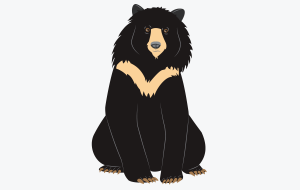
ASIATIC BLACK BEAR
CountryTaiwan
Scientific Name Ursus thibetanus
Endangerment Level Vulnerable
Threats Poaching and Habitat Loss
CountryTaiwan
Scientific Name Ursus thibetanus
Endangerment Level Vulnerable
Threats Poaching and Habitat Loss
Asiatic black bears are also referred to as “moon bears” because of the crescent-shaped white patch on their chests.
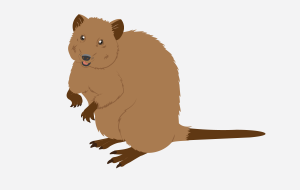
QUOKKA
Country Australia
Scientific Name Setonix brachyurus
Endangerment Level Vulnerable
Threats Habitat Loss
Country Australia
Scientific Name Setonix brachyurus
Endangerment Level Vulnerable
Threats Habitat Loss
Quokkas are often described as “the happiest animal in the world” and have gained recent popularity in social media because of a trend known as the #quokkaselfie.
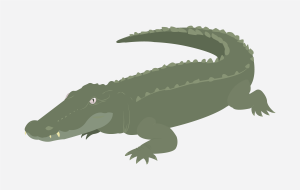
SIAMESE CROCODILE
Country Thailand
Scientific Name Crocodylus siamensis
Endangerment Level Critically Endangered
Threats Hunting and Habitat Loss
Country Thailand
Scientific Name Crocodylus siamensis
Endangerment Level Critically Endangered
Threats Hunting and Habitat Loss
Females will lay 20–50 eggs when breeding; after these young crocodiles hatch, their mother will carry them to the water in her jaws.
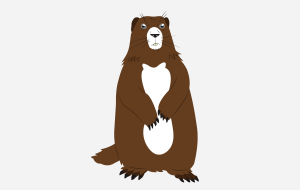
VANCOUVER ISLAND MARMOT
Country Canada
Scientific Name Marmota vancouverensis
Endangerment Level Critically Endangered
Threats Predation and Habitat Loss
Country Canada
Scientific Name Marmota vancouverensis
Endangerment Level Critically Endangered
Threats Predation and Habitat Loss
“Mukmuk” is a Vancouver Island marmot character who was a cyber sidekick to the official mascots of the 2010 Olympic and Paralympic Winter Games in Vancouver.
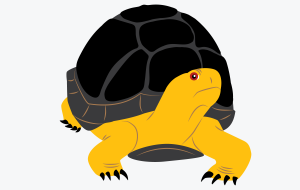
COAHUILA BOX TURTLE
Country Mexico
Scientific Name Terrapene coahuila
Endangerment Level Endangered
Threats Habitat Loss
Country Mexico
Scientific Name Terrapene coahuila
Endangerment Level Endangered
Threats Habitat Loss
Coahuila box turtles are often called “aquatic box turtles” because they spend approximately 90 percent of their lives in water.
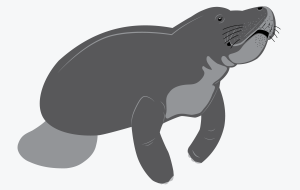
SOUTH AMERICAN MANATEE
Country Peru
Scientific Name Trichechus inunguis
Endangerment Level Vulnerable
Threats Poaching, Incidental Capture, and Habitat Loss
Country Peru
Scientific Name Trichechus inunguis
Endangerment Level Vulnerable
Threats Poaching, Incidental Capture, and Habitat Loss
Manatees are the only plant-eating marine mammals; they feed entirely on aquatic vegetation.
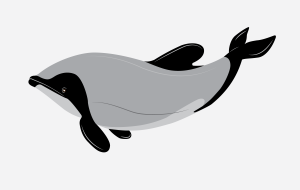
WHITE-HEADED DOLPHIN
Country New Zealand
Scientific Name Cephalorhynchus hectori
Endangerment Level Endangered
Threats Incidental Capture
Country New Zealand
Scientific Name Cephalorhynchus hectori
Endangerment Level Endangered
Threats Incidental Capture
The rounded shape of this dolphin’s dorsal fin is often compared to a Mickey Mouse ear.
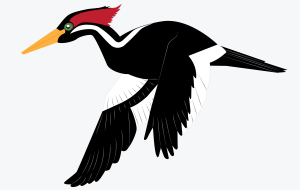
IVORY-BILLED WOODPECKER
(Campephilus principalis)
(Campephilus principalis)
LAST SEEN United States
The ivory-billed woodpecker was thought to be extinct, but was spotted in both Louisiana and Arkansas in 2004. Evidence (such as video foot- age, sound recordings, and unconfirmed sightings) has been reviewed by a number of experts, but nothing was substantial enough to prove or disprove the woodpecker’s existence. According to the IUCN, remaining populations (if any) are likely small.
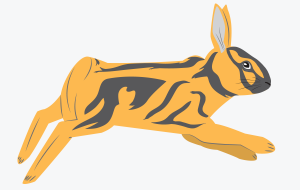
SUMATRAN STRIPED RABBIT
(Nesolagus netscheri)
(Nesolagus netscheri)
LAST SEEN Indonesia
A striped fur coat creates the perfect camouflage for this nocturnal species. The Sumatran striped rabbit was only seen a handful of times in the 20th century. The rabbit has maintained its elusive habits, but in 2011 a group of wildlife researchers accidentally captured photos with the use of hidden cameras.
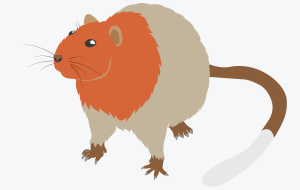
RED-CRESTED TREE RAT
(Santamartamys rufodorsalis)
(Santamartamys rufodorsalis)
LAST SEEN Colombia
You would think this rodent would be easy to spot because of its bright red fur, but the red-crested tree rat went unseen for more than 100 years. A sighting was recorded in 1898, but the species was not seen again until 2011 when the mysterious creature walked up to volunteers at the El Dorado Nature Reserve in Colombia. Because the red-crested tree rat is so rarely seen, little information about the species exists.
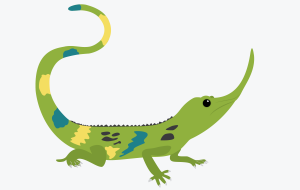
PINOCCHIO ANOLE
(Anolis proboscis)
(Anolis proboscis)
LAST SEEN Ecuador
The Pinocchio anole was first discovered in 1953, but was not seen again until 2005. In 2010, a research team discovered that these long-nosed lizards could be easily spotted at night; Pinocchio anoles turn white when they sleep, and reflect the light from headlamps. Despite being easily identified, the remaining Pinocchio anole population continues to elude scientists.





